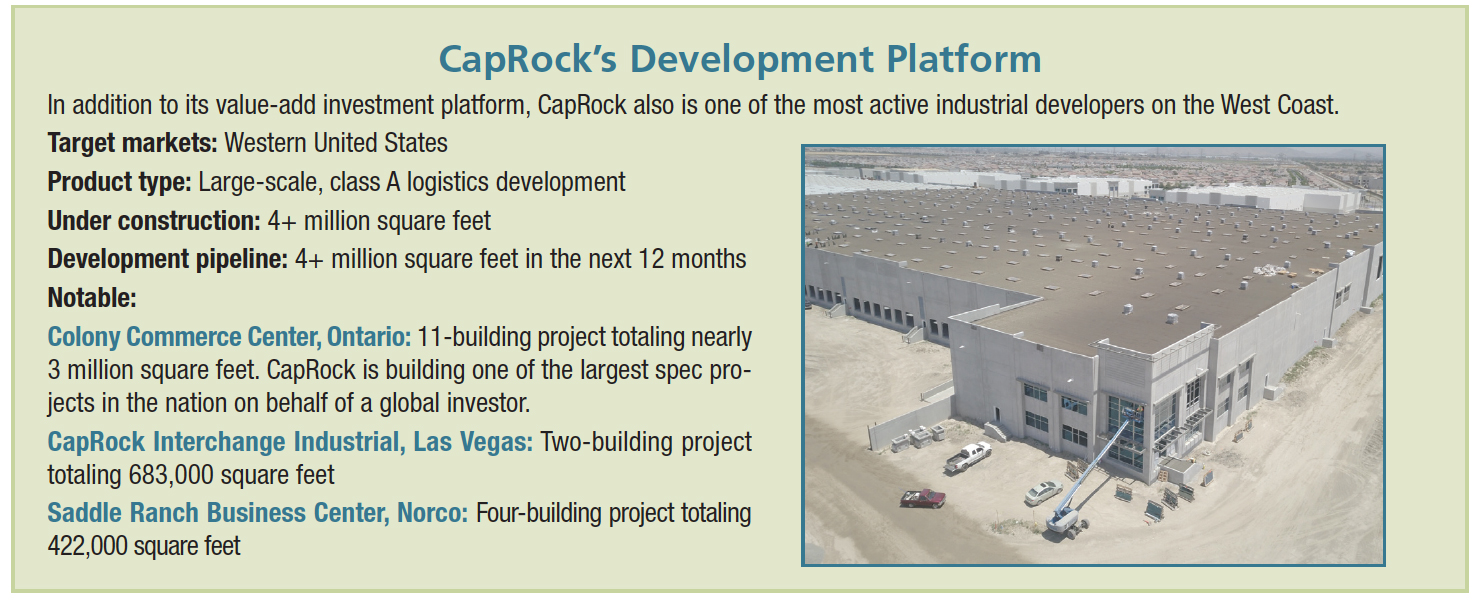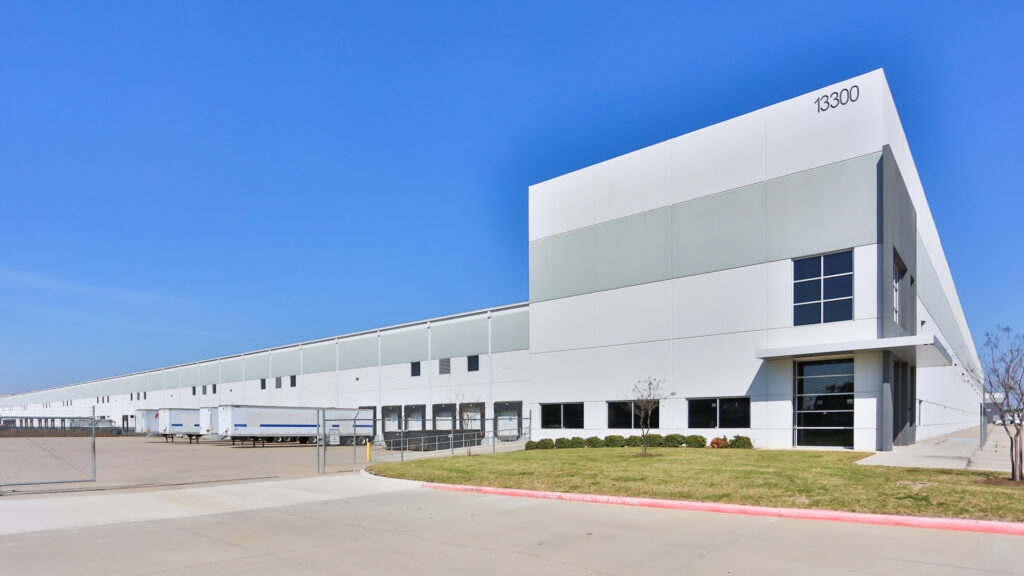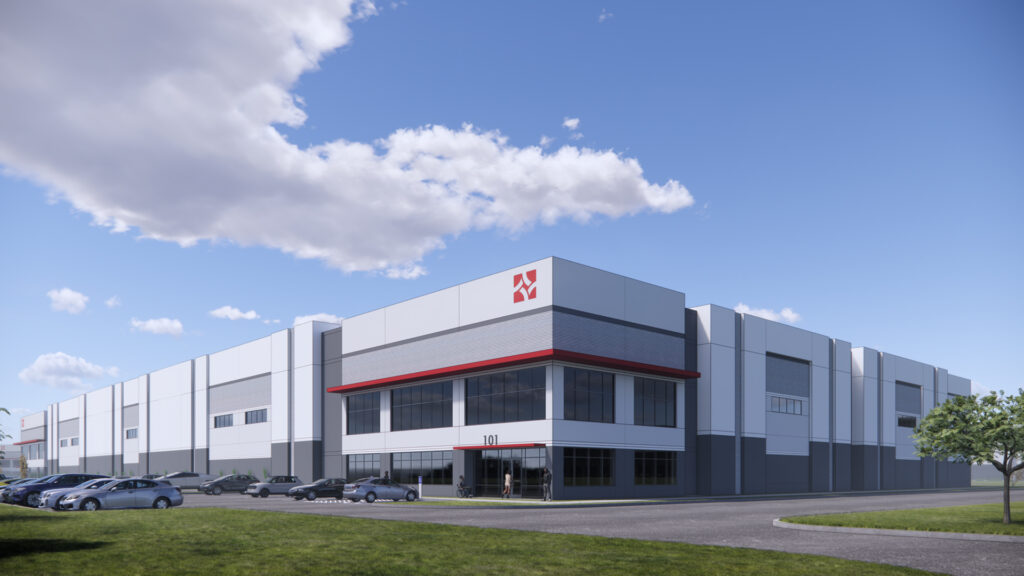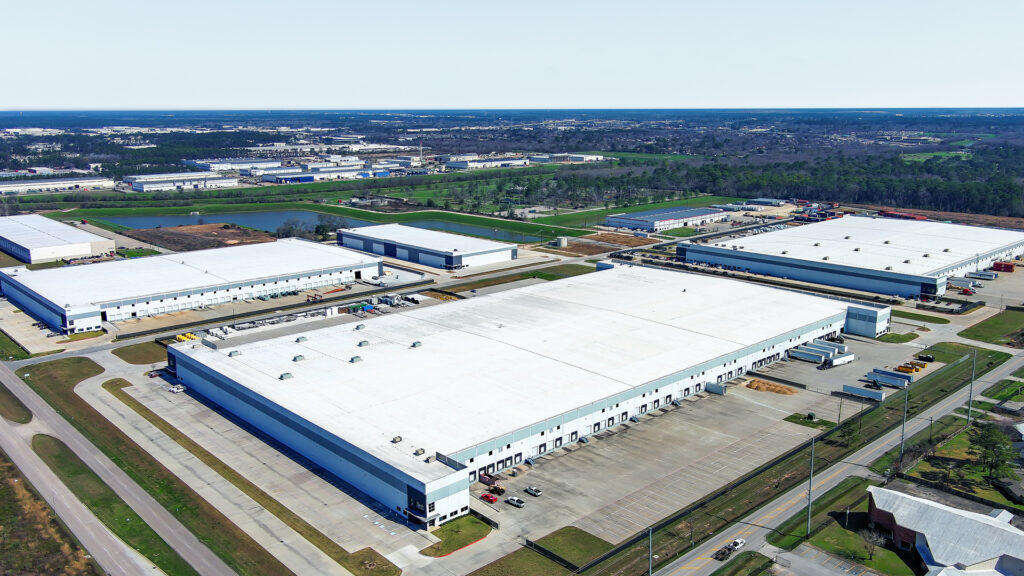Recently, Jonathan A. Schein, senior vice president and managing director of global business development for Institutional Real Estate, Inc., spoke with Jonathan Pharris, president and co-founder of CapRock Partners. Following is an excerpt of that conversation.
In May, in the middle of the COVID-19 pandemic, you announced a second fundraising for your third value-add fund. How did you accomplish that in the middle of this turmoil?
We have been raising this fund for about 18 months now, and we had a very substantial initial close in February – right before COVID-19 hit the United States. The momentum from that initial close really helped fuel our second close because multiple groups were already conducting initial due diligence. The pandemic, however, did make things more difficult in terms of overall communication, finalizing the investor due diligence, and investors completing their internal investment committee process. Despite these challenges, investors in our value-add industrial strategy in the Western United States have not slowed down their desire to invest and to make their commitments.
What about value-add investing do you find attractive, especially right now?
Value-add industrial is really at the core of CapRock – it’s in our DNA and how the company started. CapRock was founded in 2009 amidst the global financial crisis. We anticipated tailwinds for e-commerce and the overall U.S. economy, and saw a unique opportunity to acquire distressed industrial assets in the Western United States and execute a value-add program to reposition them into class A industrial product. We focus on two things within industrial: one is our value-add platform, which is 75 percent of our deal flow, and the other component is logistics development and building large-scale class A facilities in California, Arizona and Nevada. The value-add side is really our bread and butter and what this fund has been raised for. We focus on middle-market projects that are valued between $15 million and $50 million per asset, and we usually hold these transactions less than five years. We want to get in, create the value and implement our business plan, and then, once the asset is stabilized, we will exit in a relatively short time frame.
Will your strategy for CapRock Partners Industrial Value-Add Fund III be a continuation of that strategy?
This is our fifth fund overall, and our third fund in our value-add series. This fund is consistent with our investment strategy since we started the company by acquiring middle-market, underutilized assets in the Western United States. Deploying capital within the middle-market space is labor intensive given the average equity investment around $8 million to $15 million per acquisition, but there are more opportunities to generate outsized returns. Buying individual assets allows us to find more diamonds in the rough and create value, but it also means we need to conduct significantly more due diligence to find properties that meet our stringent investment criteria.
Has COVID-19 impacted the strategy for your third value-add fund?
COVID-19 hasn’t impacted the strategy for our third value-add fund – it’s solidified it. Industrial has clearly been one of the most resilient asset classes. We have not seen any significant slowdown in terms of rent collection, a reduction in tenant activity or declining lease rates, nor have we seen an increase in landlord concessions. Industrial is continuing to have a lot of tailwind, whether due to e-commerce, the potential for nearshoring or onshoring, the need for additional inventory, or the supply shocks that have occurred. Keep in mind that, going into the pandemic, industrial was the strongest it had ever been nationally. It had the lowest vacancy rates, supply was kept under control and we weren’t overbuilding. The fundamentals on a property level were fantastic, and within our markets – California, Arizona and Nevada – the vacancy rates were at nearly all-time lows.

Drilling into those markets, how does CapRock evaluate a potential value-add project? What is your evaluation process?
We have team leaders in each of our submarkets, with several of us who share responsibility for California due to its size. Because of our regional focus, we understand these submarkets better than most, and we have very deep relationships with sellers, cities, brokers and lenders. This insight-based knowledge of the communities in which we develop has really helped distinguish CapRock from the competition. The Southwest market truly is the epicenter for industrial across the country, with 3.1 billion square feet of industrial across California, Arizona and Nevada. This is largely due to the strength of the Los Angeles and Long Beach ports, where about 50 percent of all goods enter the United States. About half of that product stays in Southern California alone.
What are key considerations in the acquisition of a value-add project?
Every deal we acquire has some sort of story. Most of our deals end up being off-market transactions because of our relationships in the marketplace and our credibility as a buyer. A few things that we consider include: What does the seller profile look like? Is this somebody we have transacted with before? Maybe it is an owner/user who, as a result of this unfortunate pandemic, might need to do a sale-leaseback and unlock some equity in their real estate. And often, properties that we acquire have excess land and, given our expertise in development and entitlement, we are able to unlock that value. Is there deferred maintenance on the property that needs to be addressed immediately? Many times there are short-term leases where the current ownership might not be institutional in nature and does not want to lose any cashflow but also might not have sufficient reserves for tenant improvement or renovating the building to bring it back up to the class A standard, and so there are opportunities for CapRock to come in and implement our expertise.
How do you keep costs in check during renovations?
Our team of commercial real estate veterans has decades of experience repositioning value-add assets, and we also have our construction expertise, with 4 million square feet of industrial product currently under development across the Western United States, which translates incredibly well for our value-add platform. Our development and repositioning expertise has led to great relationships with general contractors in all of our submarkets, and a deep understanding of the unit pricing across all sorts of assets. We know with very strong certainty what the costs are going to be, which is helpful in our underwriting process and also allows us to review deals quickly.
What about when it is time to market and sell the property? How does CapRock Partners work to achieve the highest possible return once you have completed your hold?
Once we create value and implement our business plan, the properties are transformed into institutional-quality buildings that many pension funds and stable core buyers prefer. Even during this pandemic, there is still a significant number of investors seeking stabilized industrial properties, and it seems possible that yields for high-quality stabilized buildings will compress in the aftermath of this pandemic.
What else should investors know about the value-add process and what CapRock brings to it?
Value-add is a complex strategy, and not all value-add operators are created equal. There are myriad considerations for success, including determining how the asset will create value and developing a sound business plan. Cost control is a key strategic planning focus, as is anticipating jurisdictional issues that will likely arise. Not understanding those complexities going into a transaction can result in unexpected costs that may hinder the economic performance of an asset. Our track record has shown that we can find unique investments, implement detailed business plans, monitor costs during our renovations, and successfully execute on a strategy.
Finally, what is your outlook for deal flow going forward?
In light of the pandemic, we are absolutely focused on downside risks, so despite the amount of demand in the marketplace, we have decided not to assume any rental rate growth for the next 12 months. Right now, we also are looking at our exit cap rates. How much attrition do we have in those exit cap rates, and what is the potential for decompression that might occur? Also, lenders for high-quality borrowers at appropriate leverage levels are still lending, whether on speculative construction in the rent markets or for value-add properties. As such, CapRock hasn’t seen any change in our access to debt capital.
Industrial is the shining star among all the asset classes. There is a healthy tailwind behind industrial, but it is important to remain cautious in light of all the unknowns.



